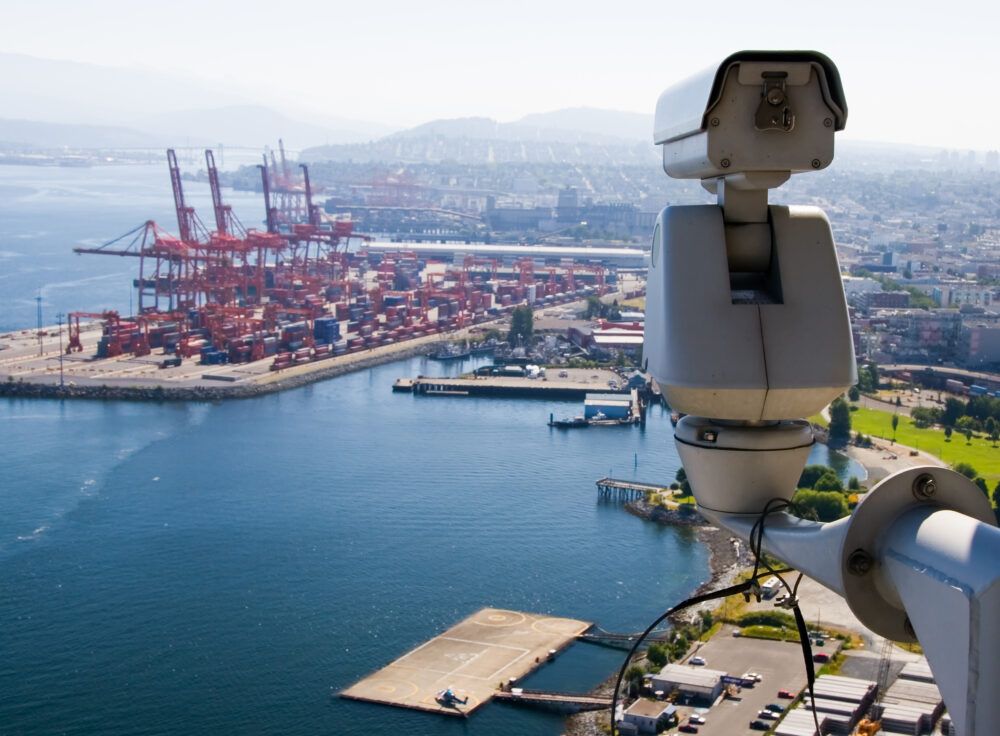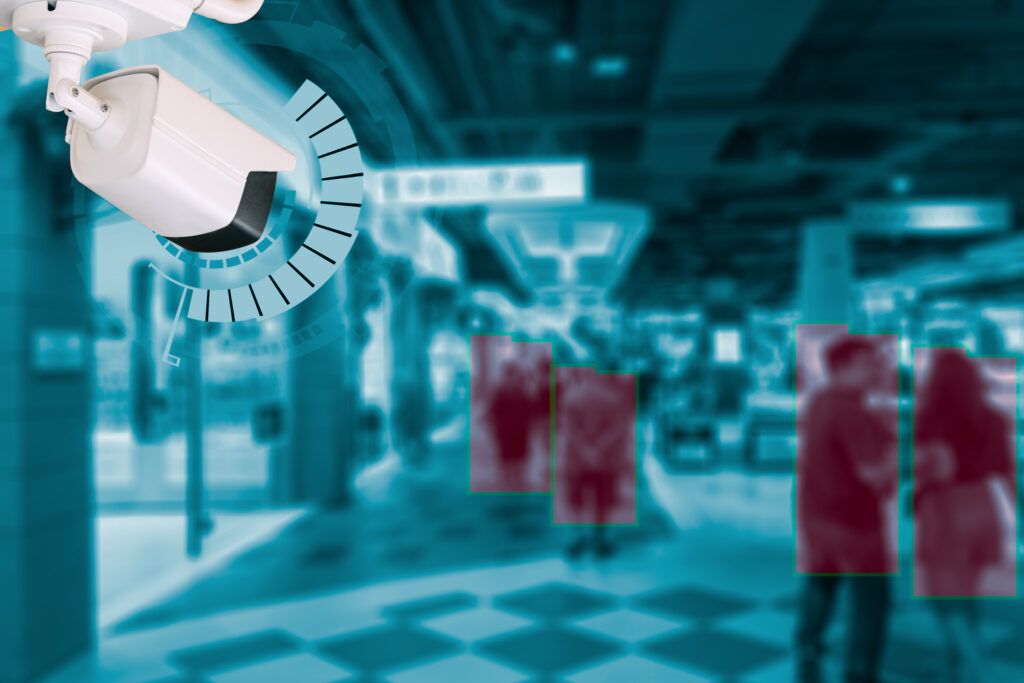
ProtectEU: What Role Do Ports Play in the EU’s New Security Strategy?
The European Commission’s new ProtectEU strategy identifies ports as key infrastructure. In line with its goal of strengthening the EU’s internal security, the strategy sets out concrete actions to enhance maritime security—posing both challenges and opportunities for port management in the coming years. We explore these challenges with the Secretary General of ESPO and the Head of Corporate Security at the Port of Barcelona.

A New Strategy for Europe
Organized crime, drug trafficking, and cyberattacks—the current complex geopolitical landscape, marked by increasing hybrid threats between states and the growing online presence of organized crime networks, has prompted the European Commission to rethink its defense strategies and enhance its security plans. As a result, it has presented ‘ProtectEU: a European Internal Security Strategy’.
The European Commission aims to support Member States and strengthen the EU’s capacity to ensure the security of its citizens in the face of both new and existing threats. The main objectives are:
- Strengthening Member States’ resilience to emergencies and threats
- Promoting cooperation and coordination in civil protection among EU Member States
- Optimizing the use of shared resources (rescue teams, medical units, critical infrastructure, alert systems, etc.)
In this new context, ports—which are essential to ensuring economic security, trade, supply, and territorial safety—play a key role. The strategy, far from viewing them as mere logistics hubs, now considers them critical points in the continent’s security framework.
To secure their place within internal security plans, coordinated action with other stakeholders is essential—particularly to enable, among other things, the exchange of information between countries. “The strategy establishes a framework to improve Europe’s internal security, and in the port context, this implies closer cooperation between the stakeholders involved and greater information sharing,” explains Isabelle Ryckbost, Secretary General of the European Sea Ports Organisation (ESPO), in an interview with PierNext.

What role do ports play in EU security?
The most relevant actions included in ProtectEU regarding ports are:
- Strengthening background checks at port facilities
- Expanding the public-private European Ports Alliance to include smaller and inland ports
- Establishing a transport and logistics chain security alert mechanism across multiple agencies
According to the Secretary General of ESPO, the implementation of the changes outlined in this strategy largely depends on the Commission and the Member States, but ports are willing to collaborate to achieve its objectives. “The current geopolitical and geoeconomic context is forcing ports to develop new ways of thinking, to engage with new actors, and to take on new responsibilities within an already very demanding agenda,” adds Ryckbost.
These new challenges come on top of measures ports have already been putting in place to improve security. “The ports of Barcelona, Algeciras, and Valencia are part of the European Port Alliance, which aims to address increasingly complex challenges—such as the smuggling of drugs by sea, for example.”
“One of the alliance’s goals is to prevent drug deconsolidation—the process of removing smuggled drugs from inside containers—from taking place inside the terminal itself,” explains Bernat Baró, Head of Corporate Security at the Port of Barcelona.
“This is leading to the implementation of many traceability, access control, and security measures to ensure that such activities cannot happen within the container terminals. However, these measures sometimes conflict with data protection regulations, which can make things like biometric controls extremely difficult,” Baró continues. “We’re working in this direction, to put more measures in place that strengthen security in the port environment.”

A Reinforcement of the Entry-Exit System
ProtectEU reinforces some of the initiatives that were already planned for ports across the European Union, such as the Entry/Exit System (EES). This system aims to strengthen the EU’s external borders by ensuring a unified and centralized control of individuals entering Europe from non-EU countries through its external border points. Its main objective is to electronically record the entry and exit movements of third-country nationals visiting the Schengen Area, thereby improving both security and the efficiency of migration control.
“Until now, if someone entered through Spain and exited through Italy, for example, Spain had no record of their departure. If that person wanted to re-enter, we wouldn’t know whether they had exceeded their three-month tourist stay or remained here longer,” explains Baró.
“The goal is to centralize this through Frontex, and the European Union is providing grants so that Member States can implement registration and verification systems using biometric controls. These systems allow verification that the person registering and passing through a biometric checkpoint at any border point is indeed who they claim to be. In short, it’s a unified control system to know exactly who is entering European territory—regardless of the border point,” he adds.
According to the Head of Corporate Security at the Port of Barcelona, implementation of this system at the port is expected to begin early next year and will be carried out progressively until completion. “I estimate that by early 2027, the system will be fully operational for 100% of cases,” he says.
Integrating this system represents an investment of over 13 million euros by the Port of Barcelona, a significant portion of which will be recovered through EU funding. The investment will be used to purchase and install biometric control systems and to hire and train specialized auxiliary staff to support their use.

A Security Imperative
“Improving internal security is clearly a priority, and given the current context, it’s a logical one,” says Baró. “There must be a unified border control system with data sharing, which is why it’s so important to develop systems like the Entry/Exit System effectively—and to do it right.”
ProtectEU is one of several comprehensive strategies recently developed by the Commission that impact ports. According to Ryckbost, much will depend on how its contents and intentions are implemented.
“For ports, it’s essential to know what is expected of them, considering their roles and competencies. Ports are not security bodies and should not be treated as such. However, they can play an important role by facilitating access for the competent authorities to port facilities and allowing them to operate efficiently, while interfering as little as possible with the port’s regular operations,” explains the Secretary General of ESPO.
When asked what key message she would share with port managers regarding ProtectEU, Ryckbost concludes with a recommendation:
- “That port authorities closely follow developments, maintain close cooperation with the national authorities responsible for implementation, and assess the potential impacts and the role they may (or may not) be expected to play as port managers.”






